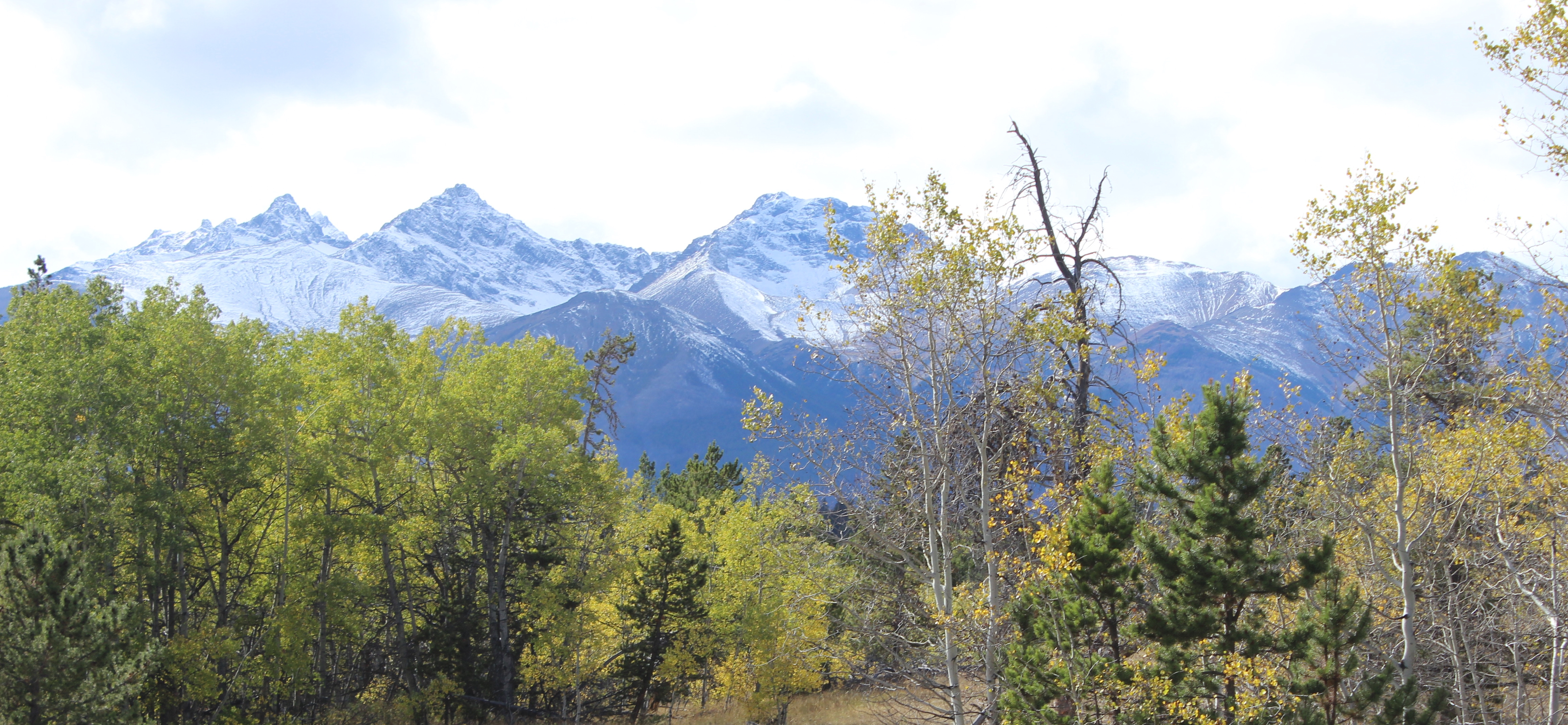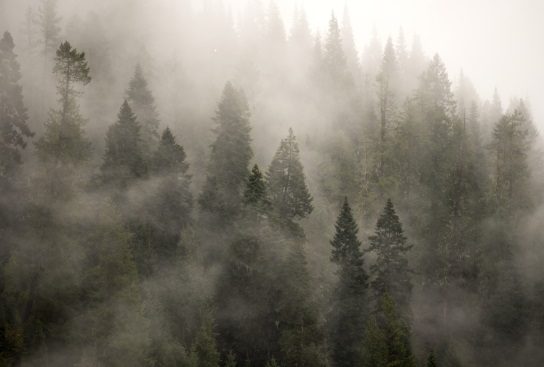
Progress in the Yaak
Yellowstone to Yukon
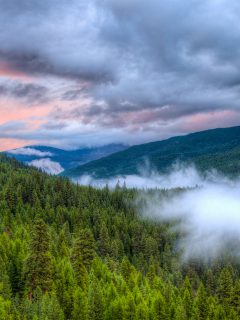
The town of Yaak is about as remote as you can get in the lower 48 states. Tucked into the forested, mountains of Northwest Montana almost to the Idaho state boundary, you get there on a sparsely traveled two-lane road that you pick up north of Troy, Montana. In Yaak, you turn off the two-lane, onto a narrow, winding forested road and find the Yaak Valley Forest Council office. The office was my destination to speak with their Executive Director, Robyn King, about the Council’s collaboration efforts.
Robyn has a delightful southern accent despite having lived in the Yaak area for decades. Robyn and her organization are passionate about protecting the grizzly bears, caribou and the wild lands where they live. She speaks fast and is enthusiastic about telling me how the timber, recreation and environmental discussions were going in her community.
“I think we’re having a break-through in our conversations with the timber folk,” Robyn said. “We’ve been meeting Tim Dougherty of the Idaho Forest Group and Ed Levert the forester for Lincoln County, Montana.”
Some background on northwestern Montana helps you understand why Robyn is so excited. Yaak and the area’s largest towns, Libby and Troy, historically were dependent on logging and mining from the lands within and surrounding the Kootenai National Forest, as that is where the jobs were. The U.S. Forest Service (USFS) is the federal agency responsible for balancing the many uses on public lands including decisions about logging and conservation in Kootenai National Forest. However, tension and anger had been building over the years due to conflict over logging practices decided by the USFS, which often resulted in resolving differences in the courts, to no-one’s satisfaction. By 2015, the USFS finalized its Kootenai National Forest land use plan but was unsuccessful at brokering the compromises needed to address the concerns of the timber, conservation, and other stakeholders.
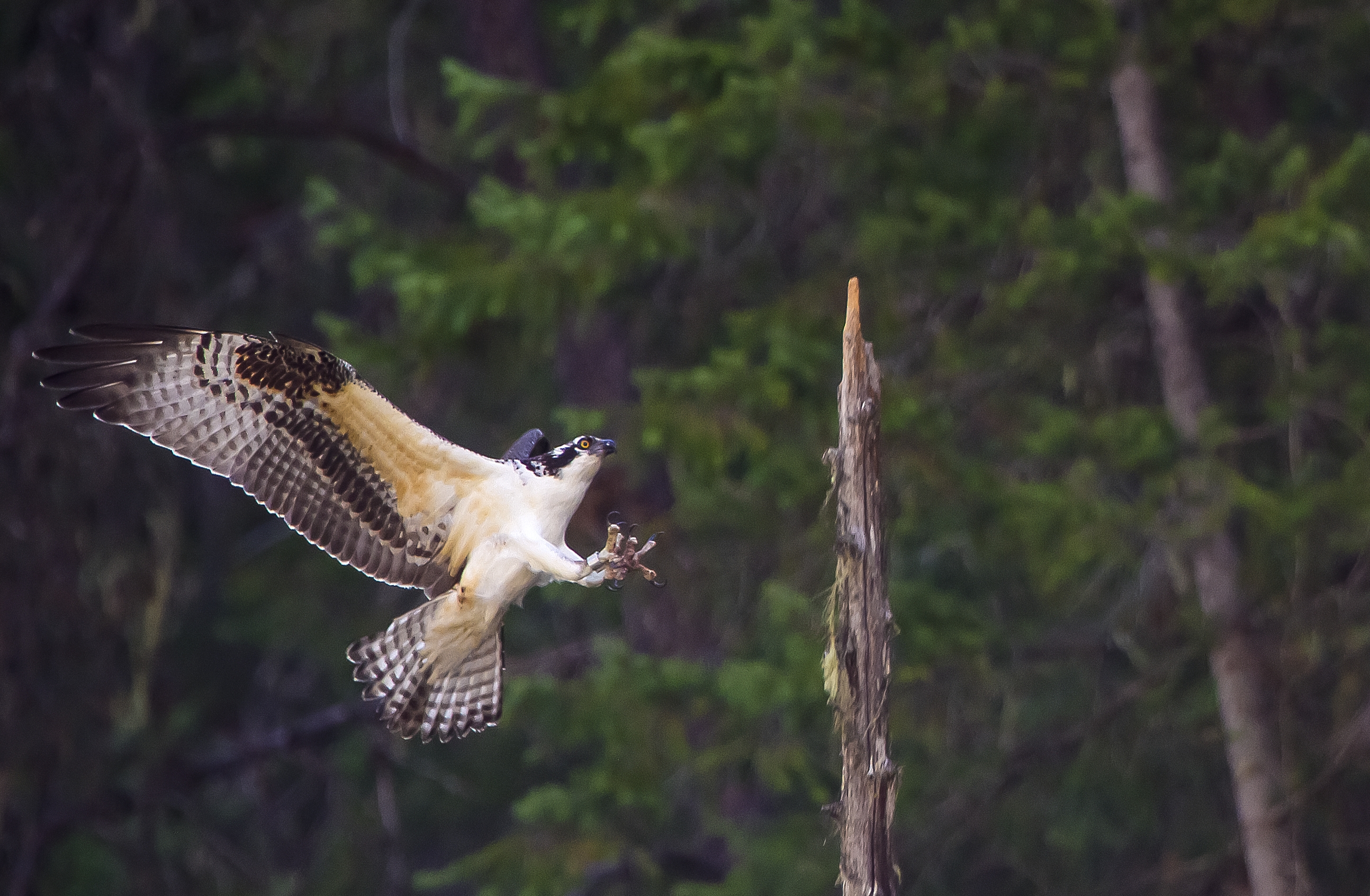
In 2006, a group of citizens and organizations with diverse interests banded together to see if they could hash out differences about land uses on the Kootenai National Forest before going to court. The groups formed the Kootenai Forest Stakeholder Coalition (Coalition). Participating organizations are the Yaak Valley Forest Council, Montana Wilderness Association, Friends of Scotchman Peaks Wilderness, Stoltze Land and Lumber Company, and the Idaho Forest Group. The Troy Snowmobile Club and the Ten Lakes Snowmobile Club represent the local winter recreation interests. The Coalition’s members comprise hunters and anglers, hikers, county government, snowmobilers and motorized recreationists, wilderness advocates, timber industry workers, and conservationists. In 2014, after meeting over eight years, with countless discussions and pouring over maps, the group drafted an agreement dealing with the most historically contentious issues: wilderness recommendations, timber management areas, wildlife emphasis areas, and motorized and non-motorized recreation zones.
Finding a compromise proposal for a land use plan for the Kootenai National Forest took a lot of effort, but the participants shared a genuine concern for their communities and the surrounding landscape. Robyn shared with me that she was encouraged to see the Coalition’s members find success in generating trust and identifying common values to develop recommendations for a joint forest plan. “We are hung up on one issue right now, but if we can get through this-it will be amazing progress,” Robyn explained. The big question was whether the Coalition’s proposals would provide the logs needed to keep timber mills operating and provide much-needed jobs for the community.
There was strong support for the Coalition to retain a credible forestry consultant to estimate potential timber availability that could result from the newly drafted agreement. A critical issue was paying for the consultants’ evaluation. Robyn’s organization along with the other conservation partners, the Idaho Forest Group, Stoltze and Lincoln County volunteered to cover the cost of the study. Jointly funding the firm for such a study was notable, since such cooperation was unheard of just a few years earlier. The Coalition decided to hire the firm that the Kootenai National Forest relied on for its initial forest planning work so that the USFS would trust the timber analysis from the consultant.
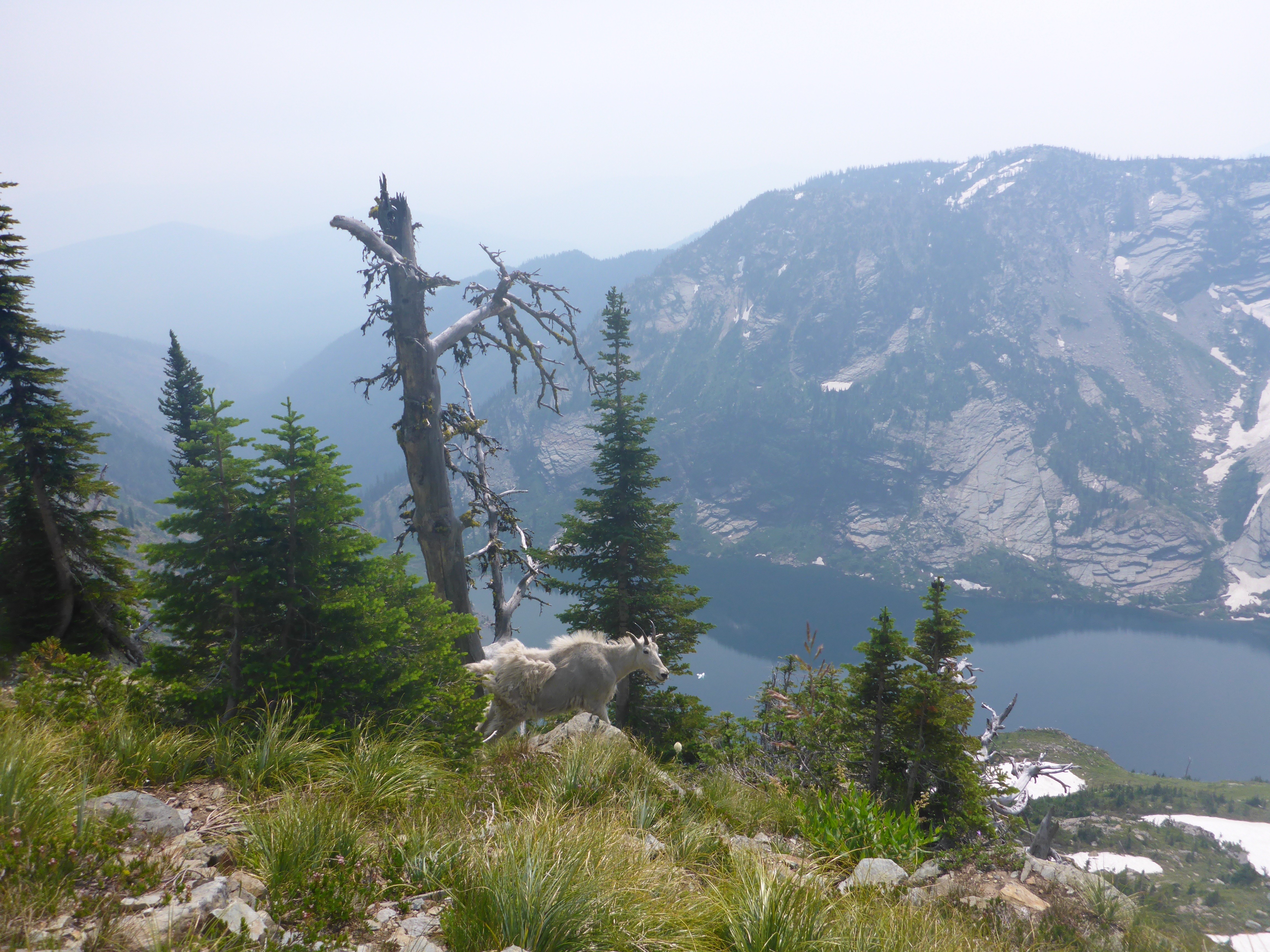
Robyn and the Coalition members were nervous as the study proceeded. If the outcome of the study did not show sufficient timber supply from their proposal, they were not sure what the next step would be. The Coalition members had spent enormous time and effort explaining the Coalition’s recommendations to their respective groups. The representatives of each group in the Coalition had to persuade their organizations to support the draft agreement, which was hard, time-consuming work.
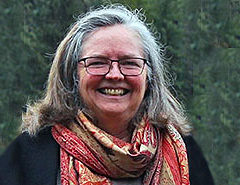
The study took a few months, and in 2015, Robyn called me and enthusiastically told me the good news. The Coalition’s recommendations resulted in a comparable timber supply to the USFS estimate under the agency’s most current plan. Robyn explained to me that there was much more work to do. Although the USFS could use the Coalition’s recommendations to implement the Kootenai National Forest management plan, the agencies’ current action plans were not necessarily consistent with the Coalition’s recommendations. The USFS would need to be convinced the Coalition’s plan was practical, good stewardship, and strongly supported by the public. Now the Coalition’s task was to work in close cooperation with USFS staff through the agency’s regular public comment process (as allowed by the National Environmental Policy Act) to ensure the agency understands and appreciates the recommendations painstakingly negotiated by the diverse Coalition’s stakeholders.
The Yaak Valley is an essential link for grizzly bears, mountain caribou, and many other wildlife species, that migrate between the U.S. and Canada. The Council works to protect this area for these important wildlife species and the landscape they call home. The Council’s work aligns with Wilburforce’s goal of protecting the irreplaceable lands, waters, and wildlife of western North America. We appreciate the long-time commitment and effort needed to build the trust for conservation progress in communities tied to natural resource extraction industries working in Northwest Montana.
By Bob Freimark, Program Associate for Yellowstone to Yukon


